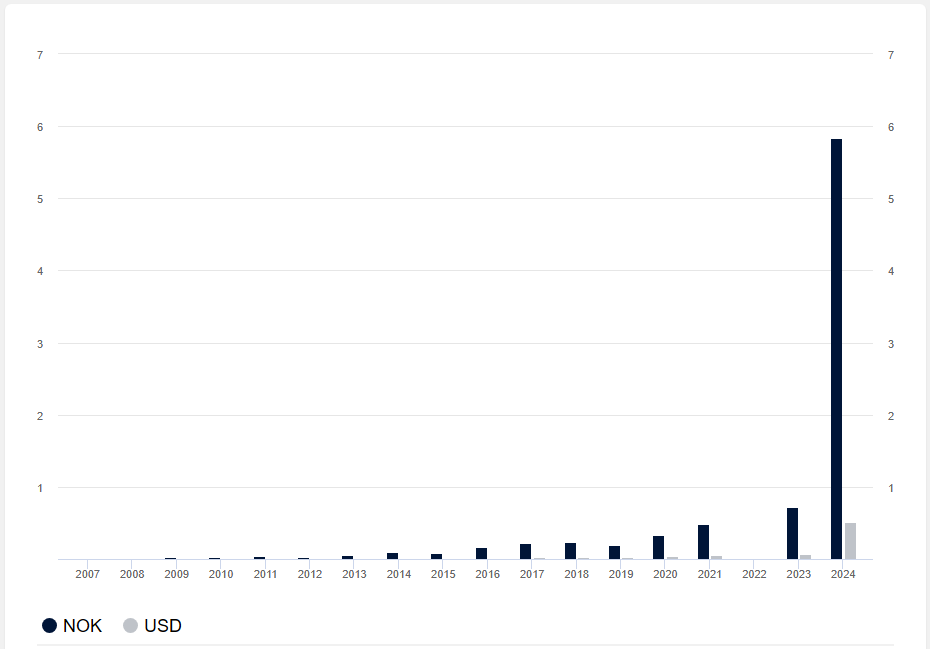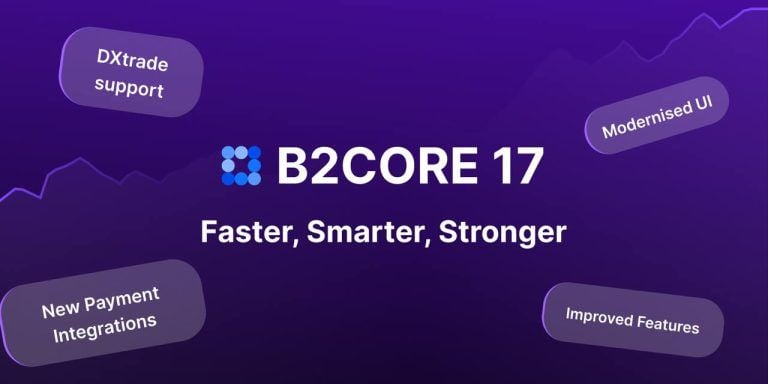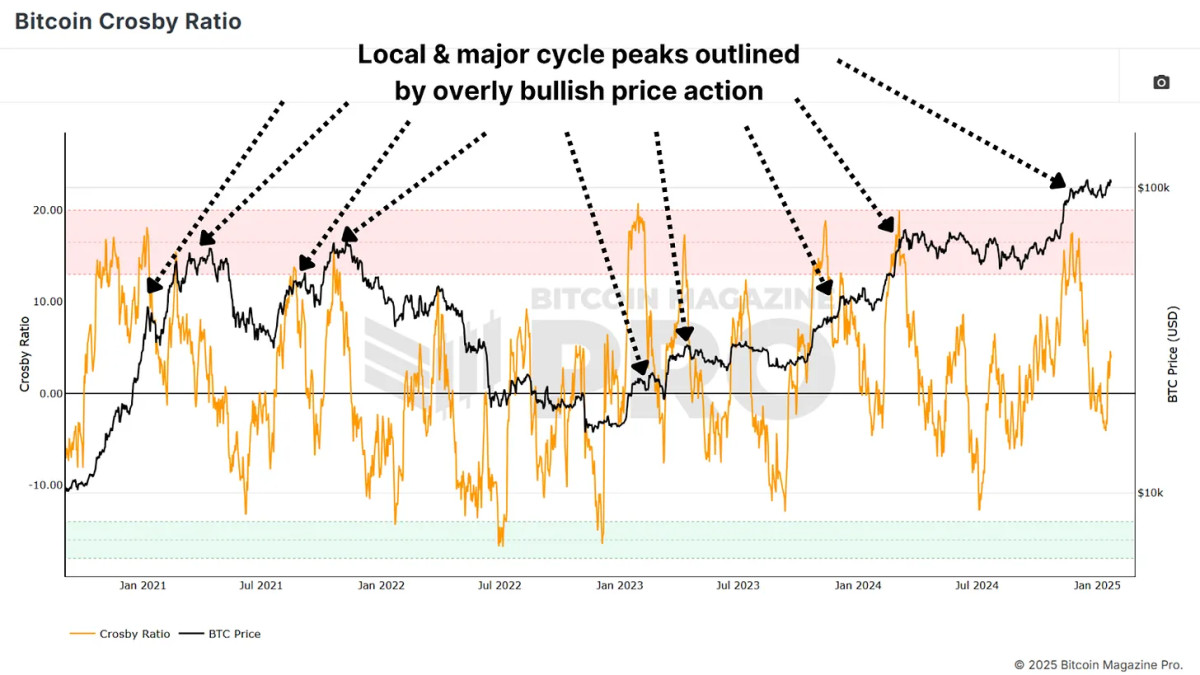This is an opinion editorial by Rupert Matthews, a lecturer at the Nottingham Business School.
University education is expensive. Even within the U.K., tales of students leaving with £90,000 (about $115,000) of debt are not uncommon, which raises the question of the value that can be realized by a university degree when offset by this considerable cost.
To help manage the scale of this expenditure, it is now common for students to have part-, if not full-time, jobs, with recent figures showing this is the case for the majority of students in the U.K. The same article also stated that the time some students spend on university work suffers as a result of the time they dedicate to paid employment.
As a university educator, this situation causes me great personal discomfort, with students taking on debt to get university educations that they cannot spend sufficient time on or truly benefit from, unable to develop the critical thinking skills that university graduates are prized for. This creates a quandary for budding university students: whether their time and money is better spent on university educations, developing practical skills or simply buying bitcoin, as suggested by Bitcoin Magazine’s Nik Hoffman.
University education has seen further difficulties in recent years. In addition to the costs of pursuing higher education, the COVID-19 pandemic has made the line between in-person and online education increasingly blurred. Attendance and engagement has long been an issue in universities, and I can admit to having issues with those myself, where late nights made getting to a 9:00 a.m. lecture or staying for the second hour’s seminar beyond my constitution. Add the new option of “catching up” with lecture recordings or extensive material online, and the draw to attend in person can fall even further.
Potential Solutions For Higher Education
How to address this is becoming an increasingly-pressing issue for higher education, with institutions exploring options such as the earning of “digital badges” for completing activities or attending sessions and progress tests during modules to link engagement from earlier in those modules to final grades. Each of these options, while having potential to increase engagement, involve considerable costs to set up, and then can add additional duties on staff to administer and record the outcomes for each student. Unfortunately, keeping tasks sufficiently simple to quickly administer and record may lead to them becoming mundane, which in turn may not actually promote the engagement they aim for.
The problem is even more apparent on modules that require independent learning, such as dissertation modules that can act as a capstone of university learning, where the module material relates to relatively-generic research skills, which are then applied and developed as the student completes a project of their own choice. In comparison to a more traditionally-organized module, in which students gradually cover content for an essay or exam at the end of a semester, students need to do a lot of learning right at the beginning, in order to choose a relevant topic and be able to plan and design a project that, quite simply, cannot be left until a week before submission. While weight-bearing proposals and staged deadlines can be introduced to ensure earlier engagement with material, at times, they do not appear to promote sufficient engagement, with feedback from students continuing to take the form of “I wish I’d started work earlier.”
An alternate approach to promote engagement on modules has been to provide cash prizes for the best work. Unfortunately, given the disconnect between starting the project and receiving the prize, students who engaged well in the past are likely to be those who engage in these projects as well, whether there is a prize or not. For those students who are generally less engaged, they are also more likely to view such a prize as unachievable when comparing themselves against their peers, and therefore refuse to change how they approach their work.
The question is then raised about whether there could be a form of financial incentive, but one that is combined with promoting good working practices early in the module. Some form of “treasure hunt,” that requires students to cover the available material online, combined with attending sessions in person to complete the challenge and win a prize. Fortunately, Bitcoin fixes this.
Engaging Students Early
The solution now seems so simple, I’m annoyed that I was unable to see it before. But then again, isn’t this how many Bitcoiners feel as they look back on the first times they were introduced to Bitcoin?
The question is, what impact could embedding a bitcoin wallet seed phrase within module material have on early engagement in a module? The logic appears strong; by introducing the challenge at the beginning of the module, and then locating a 12- or 24-word seed phrase within specific material across the early parts of the module, engagement would theoretically be promoted. If students want to have a chance of opening the wallet, they would have to attend specific sessions and review critical material online.
By staging when particular material (with specific words) was available to students, there would be a reduced risk of students scanning through all of the material on the first day, while also providing slower starters with the ability to catch up, e.g., if only “x” number of words were available initially. In comparison to some forms of session engagement and progress testing, apart from embedding the seed phrase within material and the cost of the bitcoin itself, the costs associated with this approach are low.
By also keeping the volume of information about the prize provided to students relatively low (covering “value,” “bitcoin wallet” and “seed phrase”), the impact on the material that needs covering in the module is minimal. The potential benefits of this approach is that students will have to explore what these terms refer to, if they haven’t already come across them. The approach also requires the winner, and even those who complete the task but are unable to withdraw funds, to download a wallet, restore it from a seed phrase and then complete a transaction by sending the bitcoin to a wallet for which they control the private keys. The eventual winner will not simply know what Bitcoin is, but will have demonstrated they can use the technology.
A Subtle Approach To Introducing ‘The B Word’
In comparison to specific attempts to convince others of Bitcoin’s value, whether presenting them with the problem that Bitcoin fixes (thank you, Austin Herbert) or identifying those who can spread the word best (thank you, Hector Alvero), “orange pilling” would not be the direct aim of such a university program. Having said that, in a strange way, this approach would leverage the network of the lecturer, and could introduce the topic of Bitcoin to anywhere from 50 to 500 students in a given module. Hopefully, students trust the information they receive from their lecturers, with potential one-to-one follow ups providing opportunities for them to ask questions and develop their understandings.
To bring this Bitcoin experiment back to the world of academia, it is worth at least acknowledging how it may relate to learning theories. The well-established model proposed by John Briggs, known as “constructive alignment,” suggests that it is not about the students or how the material is presented, but instead about the work the student does that determines what they learn.
The aim of embedding a bitcoin seed phrase into course material is meant to promote student engagement with material earlier, so they are able to formulate projects while still leaving time to complete them. The indirect orange pilling takes place as students become aware of Bitcoin, learn how they interact with the network and maybe, just maybe, begin their journey down the Bitcoin rabbit hole.
If students want to win the bounty, they will have to engage with the material, keeping an eye out for seed words, with every student starting from the same point, hopefully motivating them to engage sufficiently to have the chance of winning the prize. Even those who do not win the prize will hopefully have engaged more than they would have otherwise (a positive for university education).
The disappointing scenario would be if no one engages in the treasure hunt, but unlike giving a prize to someone who would have done the work anyway, this situation would at least mean the bitcoin would remain in the original wallet. A final scenario that could be seen as a risk would be if a student falls deep down the rabbit hole and ultimately neglects their research project. However, I may struggle to find a Bitcoiner who would view that as a completely-negative outcome.
Orange pilling people who are yet to understand Bitcoin is required on a massive scale, if adoption is to reach a critical mass. “Number go up” (NGU) technology is undoubtedly a great marketing tool, which may explain a level of interest that my own students had in “crypto” in 2021, that was simply not present in 2022, but NGU just does not encapsulate the richness of the subject. While embedding a seed phrase to promote student engagement earlier in a module is not an explicit, deliberate, enthusiastic or passionate orange-pilling move, it does promote interaction with and learning about the protocol for financial gain (winning the bounty). As Tim Niemeyer wrote, learning about Bitcoin should be the first step before considering whether or not to buy the asset.
From the perspective of an educator, a secondary aim is to get the students interested in and talking about the module. From the perspective of a Bitcoiner, the aim is that, if nothing else, the next time someone mentioned Bitcoin, the students would have personal experience to draw from that has not been influenced by wider media or news reports about the latest scam. From both perspectives, providing final-year students, ready to progress into the wider business world, with more knowledge about such an important innovation as Bitcoin is a worthwhile activity.
Providing newly-recruited graduates (tasked with infusing new ideas and viewpoints into established businesses) such an informed opinion could help a business on a path toward embracing Bitcoin into their operations. A student may be able to say, “I once had a lecturer who put 200,000 sats in a wallet for us to claim” when dollar-sat parity has been reached. Alternatively (and maybe a little more realistically), they may say, “I paid off my student loan with bitcoin, and my first sats came from a Bitcoin-obsessed lecturer.”
I’d be happy if they said either.
This is a guest post by Rupert Matthews. Opinions expressed are entirely their own and do not necessarily reflect those of BTC Inc or Bitcoin Magazine.

You can get bonuses upto $100 FREE BONUS when you:
💰 Install these recommended apps:
💲 SocialGood - 100% Crypto Back on Everyday Shopping
💲 xPortal - The DeFi For The Next Billion
💲 CryptoTab Browser - Lightweight, fast, and ready to mine!
💰 Register on these recommended exchanges:
🟡 Binance🟡 Bitfinex🟡 Bitmart🟡 Bittrex🟡 Bitget
🟡 CoinEx🟡 Crypto.com🟡 Gate.io🟡 Huobi🟡 Kucoin.




















Comments